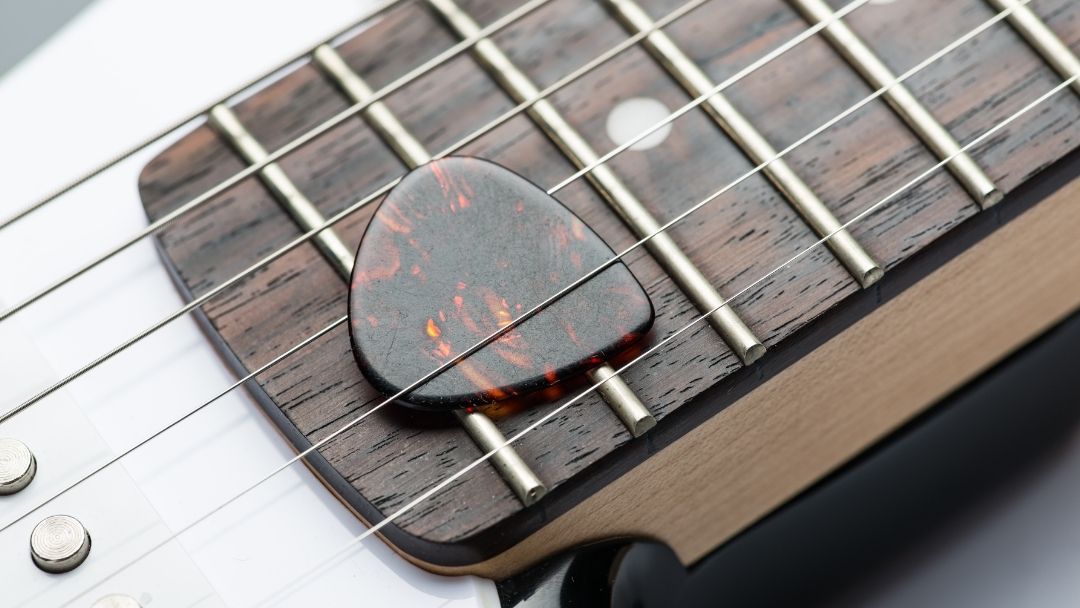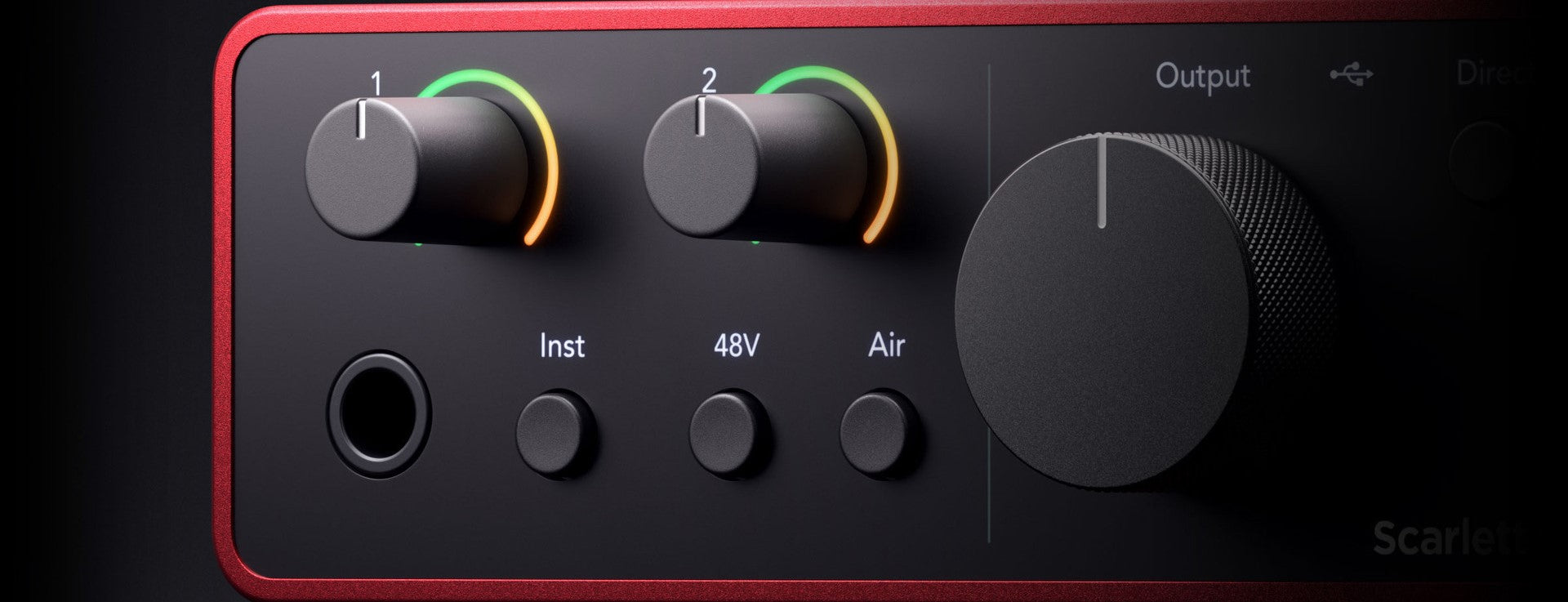A Guide To the Different Types of Guitar Picks
For many novice guitar players, choosing what guitar pick to use is as simple as whatever happens to be closest to the cash register. The goal is to learn how to play the instrument, and mastering the basics is the more pressing objective. But as you slowly master the craft, you will discover that picks come in all different materials, thicknesses, and shapes—each of which impact the sounds you and your ax produce. Here is a guide to the different types of guitar picks.
Material
The go-to material for guitar pick manufacturers is plastic. Most of the picks in production today are some variety of plastic or another, but even these can create different sounds.
- Nylon – very flexible; produces a warm tone compared to stiff picks; commonly used in old rock and blues recordings
- Celluloid – some flex, but not like nylon; creates a “snappier” tone; created when tortoiseshell picks became illegal
- Delrin – specialty plastic; moderately stiff; produces high-end tones; textured to provide grip
- Stone – made from different types of stone; incredibly stiff; work best on electric guitars to hide scratchy noise
These are the most common materials for guitar picks, but picks are also available in wood and metal.
Thickness
Picks also come in a variety of different thicknesses. These also play a role in the sound they produce.
- Thin – .40 to .60mm; usually flexible materials; produce a “flappy” sound
- Medium – .60 to .80mm; most popular choice; high-end to mid-range sound without boominess
- Thick – .80 to 1.2mm; more control; heavy sound; typical for lead guitarists
- Extra Thick – 1.2mm and higher; best for bebop and jazz guitarists
Shape
The last criteria in this guide to the different types of guitar picks is their shape. The tip of the pick a guitarist uses to strum can have different shapes, each impacting the sound in different ways.
- Round – produces softer sounds; less dexterity; best for a loose style of playing and strumming
- Sharp – much stronger attack; better accuracy and dexterity; better for faster or more complicated picking
At Yandas Music, we know a thing or two about musical instruments and everything you need to play your best. For more information on guitar picks or any of the other exceptional items we stock, stop into one of our retail locations or visit our online musical instrument store today.



